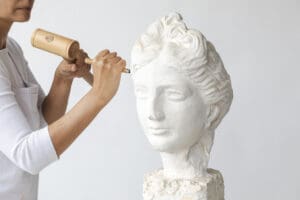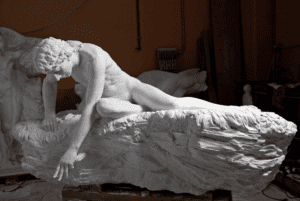Marble bust sculpture has stood the test of time as a powerful expression of artistry and cultural significance. From the halls of ancient Rome to contemporary galleries, white marble sculpture continues to captivate the imagination with its refined elegance and timeless appeal. The Venus de Milo, with its missing arms, is a prime example of the’ historical significance and physical characteristics of famous marble sculptures. Today, classical and modern artists turn to marble stone carving to honor the past while exploring new interpretations in stone.
As the demand for custom marble bust sculpture grows, so does the appreciation for the technical and artistic expertise required to work with this revered medium. The art of natural stone is not simply about shaping a block of marble—it’s about preserving a legacy, telling a story, and creating a physical form of emotion, identity, and history. Each marble sculpture is a testament to the power of thoughtful design and meticulous craftsmanship. The fact that many famous marble sculptures, like the Venus de Milo, have missing parts adds to their intrigue and historical narrative.
Introduction to Marble Sculpture
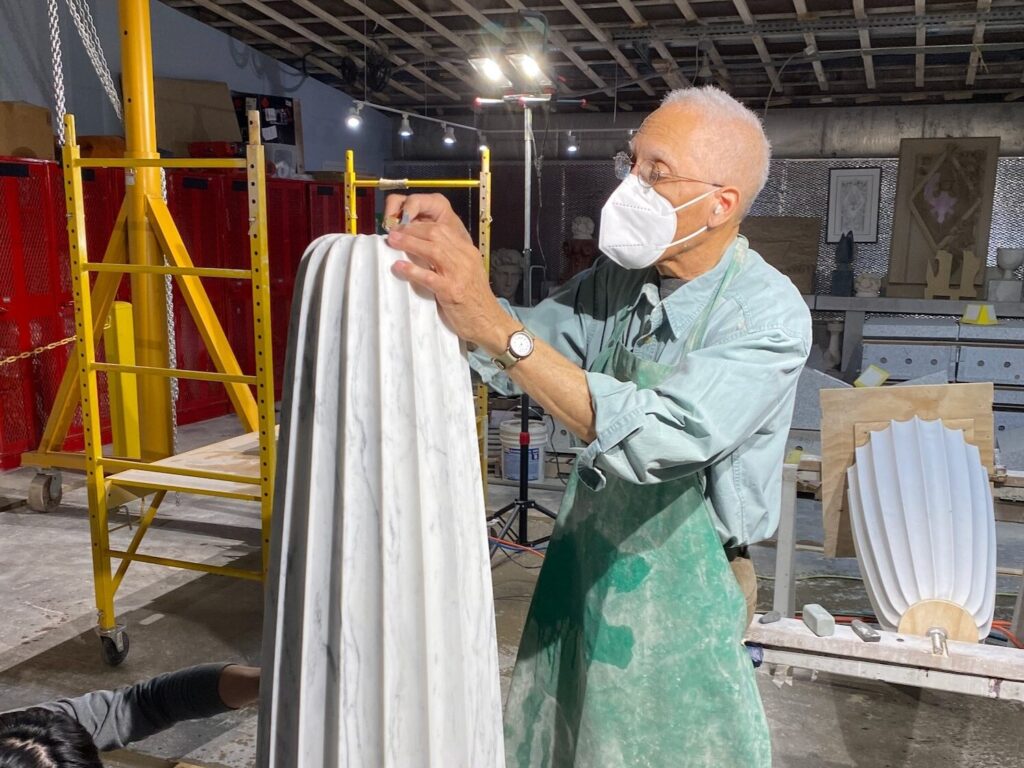
Marble sculpture has been a cornerstone of artistic expression for centuries, deeply rooted in ancient civilizations. The use of marble as a material for sculpture offers several advantages, including its unique ability to absorb light and refract it, giving the stone a soft, attractive appearance that is particularly effective in representing human skin. This characteristic, combined with marble’s inherent durability and timeless beauty, has made it a favored choice for sculptors throughout history. From the iconic marble statues of ancient Greece and Rome to the intricate marble sculptures of the Renaissance, this medium has been used to create some of human history’s most breathtaking works of art. The ability of marble to capture fine details and its enduring quality make it an unparalleled material for artists striving to achieve perfection in their sculptures.
The Classical Roots of Marble Sculpture
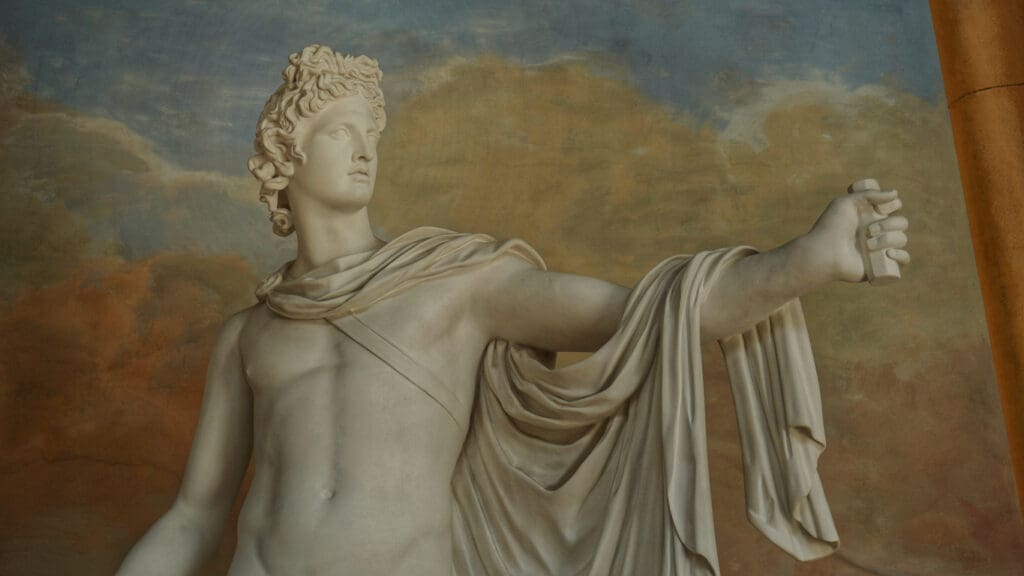
In ancient Greece and Rome, marble bust sculpture symbolized power, intellect, and beauty. Sculptors used the purest white marble to capture the likeness of philosophers, emperors, and mythological figures with astonishing realism. Augustus claimed a return to the golden age of the Republic, using public art to reinforce his image. The intricate detail and smooth finish of marble sculpture made it the preferred medium for commemorating individuals and ideals.
The art of natural stone, especially marble, was revered for its durability and luminosity. Marble busts lined temples, palaces, and public spaces, offering a glimpse into personal legacy and civic pride. Compared to other materials, marble’s ability to absorb and refract light creates a visually appealing effect, making it ideal for sculptors. Today, these classical works remain influential, inspiring artists and architects who seek to carry on the traditions of marble stone carving and white marble sculpture in their own creations.
Incorporating classical techniques into modern-day custom marble sculpture allows artists to create a dialogue between the past and the present. This continued reverence for traditional craftsmanship reinforces marble bust sculpture’s cultural and aesthetic value in a world of ever-evolving art forms.
Famous Marble Sculptures
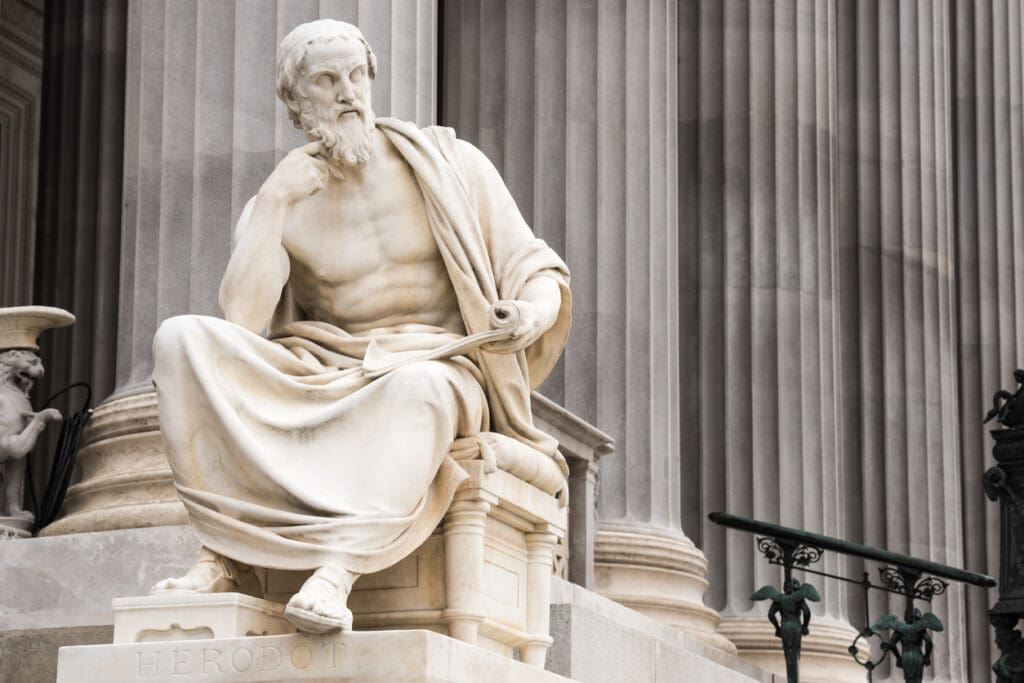
Some of the most famous marble sculptures include the Venus de Milo, the David by Michelangelo, and the Laocoön and His Sons. These statues are not only renowned for their beauty but also for the extraordinary skill and craftsmanship that went into their creation. The Venus de Milo, for example, is a masterpiece of Hellenistic sculpture, carved from a single block of marble and depicting the Greek goddess of love, Aphrodite. The David, on the other hand, is a towering figure of marble, standing over 17 feet tall and representing the biblical hero David in the moments before he confronts the giant Goliath. Michelangelo’s ability to bring marble to life with such realism and emotion is a testament to his genius. These sculptures, among many others, have become symbols of artistic excellence and continue to inspire artists and sculptors today, showcasing marble’s enduring power and beauty as a medium.
Creating a Marble Sculpture

Creating a marble sculpture is a complex and challenging process that requires great skill, patience, and vision. Sculptors must first select a block of marble suitable for their project, considering the stone’s color, texture, and quality. This initial step is crucial, as the chosen marble will significantly influence the final appearance of the sculpture. Once the marble is selected, the sculptor employs a variety of tools and techniques to shape and refine the stone, often working from a model or sketch. The process can be painstaking, with sculptors sometimes spending years on a single piece. Techniques such as chiseling, sanding, and polishing are meticulously applied to achieve the desired form and finish. However, the end result is well worth the effort, as a well-crafted marble sculpture can be a truly breathtaking work of art. With the right materials, tools, and vision, artists can create marble sculptures that are not only beautiful but also durable and long-lasting, standing as a testament to their skill and creativity.
Modern Interpretations in Marble Bust Sculpture

While classical marble busts focused on realism and idealized forms, modern stone artists use the medium to explore abstract ideas, personal narratives, and cultural commentary. Contemporary marble sculpture often plays with texture, scale, and form, blending traditional stone carving techniques with modern artistic perspectives.
Custom marble bust sculptures are becoming increasingly popular among collectors and art patrons who desire unique pieces that reflect personal stories or heritage. With advancements in the stone carving machine and digital modeling, artists can now achieve intricate designs with greater efficiency while maintaining the handcrafted quality that defines marble sculpture. Artists ensure each client receives a unique and high-quality piece, emphasizing the importance of client satisfaction. This fusion of technology and tradition continues to expand the possibilities of what can be achieved in the art of natural stone.
From public monuments to private commissions, marble sculpture allows for deeply personalized artistic expression. Artists and clients value the enduring beauty of white marble sculpture, which can convey anything from a minimalist aesthetic to highly detailed realism. Using cutting-edge tools like the stone carving machine complements traditional skills, enabling greater precision and innovation in every piece. Potential clients are encouraged to contact the studio for consultations and inquiries about custom marble bust sculptures.
The Role of Material in Artistic Expression
Not all marble is created equal. The selection of stone is a critical part of the creative process, influencing the final look and feel of the sculpture. White marble from Carrara, Italy, remains favored for its fine grain and translucency. Its smooth texture is ideal for achieving lifelike skin tones and delicate facial features in custom marble bust sculpture. The degree of hardness of Carrara marble allows sculptors to carve it with relative ease while still achieving a durable result.
The broader category of art stones, granite, and marble, offers diverse aesthetic options for artists. While granite provides strength and a coarser finish, marble allows for greater detail and polish. Each type of stone contributes a distinct character to the sculpture, underscoring the importance of understanding materials when developing stone art ideas. The hardness of marble contributes to its suitability for detailed and durable sculptures without too much difficulty. From large-scale installations to intimate portraiture, the art of natural stone begins with the right material.
Material choice also plays a significant role in defining a marble bust sculpture’s atmosphere and emotional resonance. Whether artists are working with white marble for a classical touch or combining marble with sandstone for contrast, each element of the composition must align with the artistic intent. As part of our consultation process at Quarra Stone, we help clients explore various art stone, granite, and marble combinations to match their vision and desired aesthetic.
Cultural Significance of Marble Sculpture
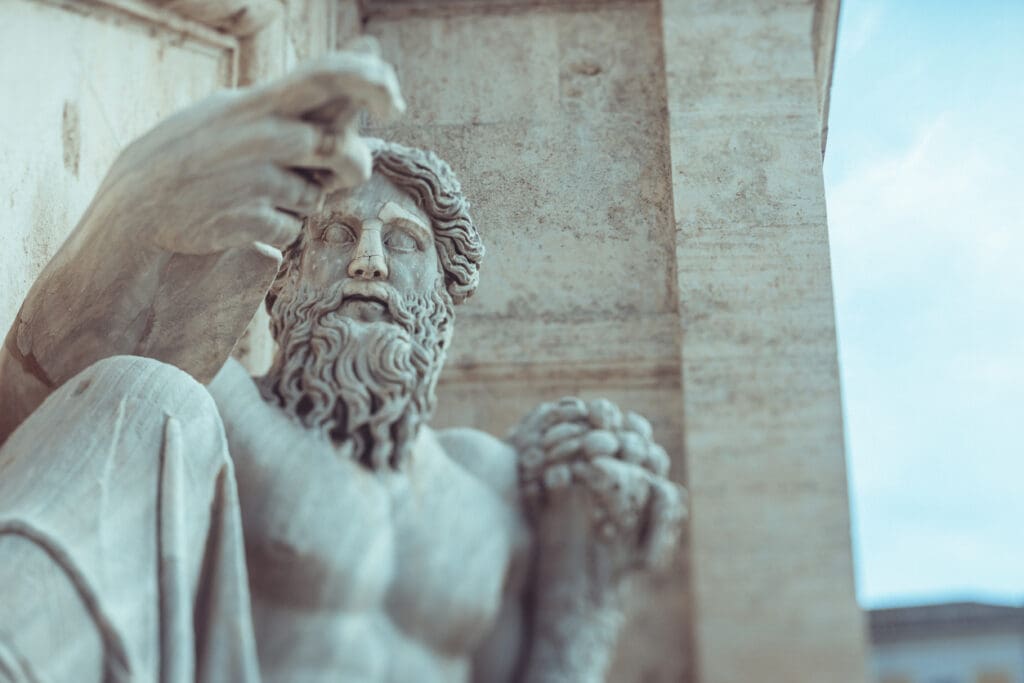
Marble sculpture has played a significant role in many civilizations’ cultural and artistic heritage. From ancient Greece and Rome to the Renaissance and beyond, marble has been used to create some of human history’s most iconic and enduring works of art. The cultural significance of marble sculpture lies not only in its beauty and technical skill but also in its ability to convey meaning and tell stories. Marble sculptures have been used to represent mythological figures, historical events, and abstract concepts, making them a powerful tool for artistic expression and communication. Today, marble sculpture inspires artists, sculptors, and art lovers worldwide, offering a unique and timeless medium for creative expression. With its rich history, technical challenges, and aesthetic appeal, marble sculpture remains an integral part of our cultural heritage, symbolizing the power of human creativity and the enduring beauty of art.
Timeless Appeal and Lasting Legacy
The enduring popularity of marble sculpture lies in its ability to transcend time and style. Whether it’s a neoclassical portrait or a bold contemporary bust, marble speaks to viewers across centuries. Its tactile quality, rich history, and association with prestige make marble sculpture a treasured form of expression.
Sandstone, another popular medium, is sometimes used in contrast to marble for its earthy tones and softer textures. However, marble remains the pinnacle of artistic stone carving regarding the finest detail and iconic finish. Collectors and institutions alike continue to invest in custom bust sculpture as a lasting tribute to loved ones, historical figures, or artistic visionaries. The price of marble sculptures can vary significantly, but investing in a high-quality piece is often worth the money due to its lasting value.
Art collectors recognize the long-term value of investing in a marble bust sculpture. Not only is it a visually stunning addition to any collection, but it also represents a piece of artistic heritage. At Quarra Stone, we craft marble sculptures using time-tested techniques alongside state-of-the-art equipment, offering our clients the best of both worlds—artful tradition and cutting-edge craftsmanship. Whether you’re inspired by classical themes or modern stone art ideas, our marble stone carving services bring your concepts to life with clarity and permanence.
Conclusion
From ancient civilizations to today’s most innovative studios, marble bust sculpture remains a defining element of the art of natural stone. At Quarra Stone, we celebrate this tradition by offering expert guidance, premium materials, and unparalleled craftsmanship in every custom marble sculpture we create. Whether you’re looking for a classical white marble sculpture or exploring new stone art ideas, our team is here to help bring your vision to life through the timeless medium of marble stone carving. We are committed to customer satisfaction and strive to exceed client expectations in every project.
Discover the potential of art stone, granite, and marble with Quarra Stone—where tradition meets innovation in every custom sculpture. Our expertise in marble stone carving, custom bust sculpture, and the fine art of natural stone ensures that your project will be both beautiful and enduring. Let us help you create a one-of-a-kind marble sculpture that reflects your unique vision and stands the test of time.


